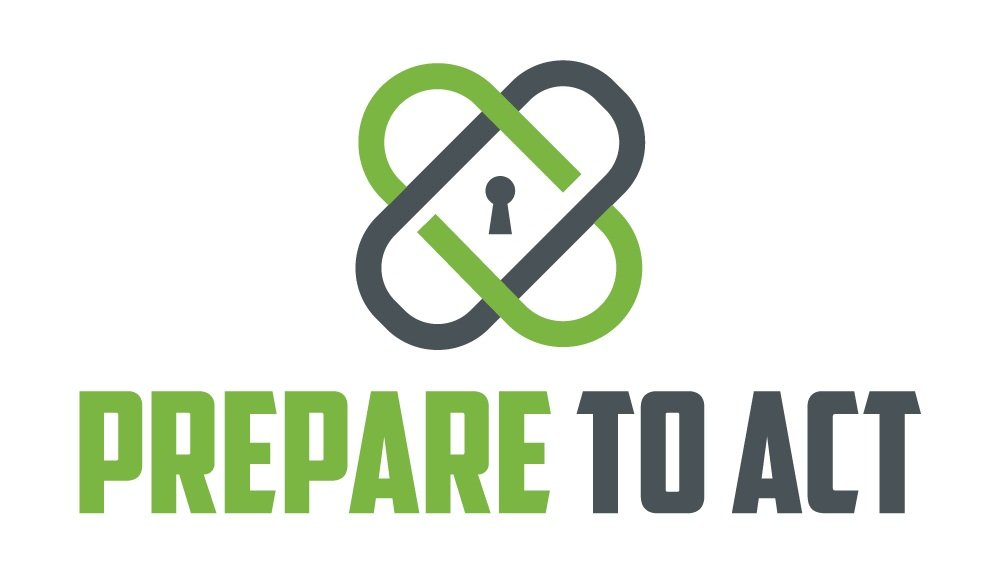Surviving an Active Shooter: A Tactical Guide to Enhancing Your Preparedness
In a world where unexpected dangers can emerge at any moment, knowing how to survive an active shooter situation is critical. With a concerning rise in mass casualty incidents, being prepared isn’t just a personal choice—it’s a necessity. This guide focuses on practical strategies that anyone can apply in a high-stress situation, empowering you to protect yourself and those around you when it matters most.
Cultivating a Survival Mindset: The Key to Staying Ready
The first step to surviving any dangerous situation is adopting a survival mindset. This means training yourself to be aware of your surroundings and preparing mentally for emergencies. It’s about asking the right "What if?" questions before danger strikes: “What if I had to escape from here quickly?” or “Where could I take cover?” Awareness is your first line of defense, and the best time to think about your options is before you ever need them.
Related Read: How to Develop a Safety Mindset Without Living in Fear
Run, Hide, Fight: The Three Key Options
When faced with an active shooter, there are three possible actions you can take: Run, Hide, or Fight. The right choice depends on the situation, your location, and the threat level. Here’s how to decide which one is best:
1. Run for Your Life
If you can safely escape, running should be your first instinct. Don’t waste time gathering belongings—grab your phone if it’s within reach, but focus on getting as far from the threat as possible. Move quickly and find the nearest exit, even if it’s unconventional, like a window. Distance is your ally in these moments.
Pro Tip: Identify multiple escape routes whenever you enter a new space, whether it’s a mall, workplace, or public event. This awareness can save valuable seconds.
Related Read: Mastering Emotional Strength: How to Avoid Being Baited by Negativity
2. Hide Smartly When Escape Isn’t an Option
If escaping isn’t possible, hiding is the next best option. Choose a location that offers cover (protection from bullets) and concealment (hiding from sight). Barricade doors with heavy objects, turn off lights, and silence your phone. If you’re with others, spread out and have a plan in case the shooter enters.
Stay Quiet and Stay Down: Whisper only when necessary, and avoid movement that could attract attention. Silence and stillness can make the difference between being found or overlooked.
Pro Tip: Never hide in groups. If the shooter enters, scattering reduces the likelihood of multiple injuries.
3. Fight Only When You Have No Other Choice
Fighting back should always be the last resort, but when you have no other option, make it count. If you’re within arm’s reach of the shooter, use whatever tools are available—fire extinguishers, chairs, or even your body weight—to disarm or incapacitate them. Act as a team if possible; numbers can overwhelm the attacker.
Be Decisive: There’s no room for hesitation here. If you must fight, do so with everything you’ve got, aiming to disrupt or disarm the attacker long enough for others to escape or for help to arrive.
Related Read: Empowering Survivors: A Comprehensive Guide to Overcoming Domestic Violence
Navigating Different Scenarios: What to Do Based on Location
The right response depends on where you are when an active shooter event begins. Here’s how to adapt your actions:
If You’re Outside When Shots Are Fired
Get Low and Move: Drop to the ground immediately, using any nearby objects like vehicles or barriers for cover.
Crawl to Safety: If possible, crawl to a safer location while staying low. Even a few feet of movement can reduce your risk.
Listen for Instructions: If law enforcement is on the scene, follow their directions precisely and avoid sudden movements that could be mistaken for aggression.
Pro Tip: Remember, not all cover is bulletproof. Concrete or brick walls provide better protection than wooden or metal structures.
When Law Enforcement Arrives
The first responders are there to stop the shooter, not to tend to the injured. When they enter the scene:
Keep Hands Visible: Show your empty hands and follow any commands immediately. Avoid making sudden movements or pointing.
Provide Critical Information: If it’s safe, share details like the shooter’s location, physical description, and weapon type. This can speed up the neutralization of the threat.
Related Read: Mastering Conflict: A Guide to De-Escalation Techniques
Assisting Others and Calling for Help
In chaotic situations, helping others could save lives—but it’s important to know how to do so safely:
Help Without Hesitation: Warn others to escape, assist those who are injured if you’re able, and keep others away from danger zones.
Call 9-1-1: Provide as much information as possible—location, number of shooters, and injuries. Stay on the line until the operator tells you to hang up, even if it means just keeping the line open.
Be Persistent: Emergency lines might be flooded during a mass event. Keep calling until you get through.
Empower Yourself to Take Action
Surviving an active shooter event requires more than just knowledge—it takes a readiness to act. By developing a survival mindset, understanding the principles of Run, Hide, Fight, and knowing how to adapt to different scenarios, you’re giving yourself and those around you a fighting chance. Your preparation today could mean the difference between panic and survival when seconds matter most. Remember, staying vigilant and prepared isn’t about living in fear—it’s about taking control of your own safety.
Engage with Us: What steps have you taken to prepare for emergencies in your daily life? Share your thoughts and experiences in the comments, and let’s build a safer, more aware community together.
Internal Links for Further Reading
To enhance your preparedness, consider exploring our previous blog posts on related topics:
Cultivating An Emergency Response Team - Part 1 - Getting Started - Learn how to establish an on-site Emergency Response Team to enhance overall safety.
